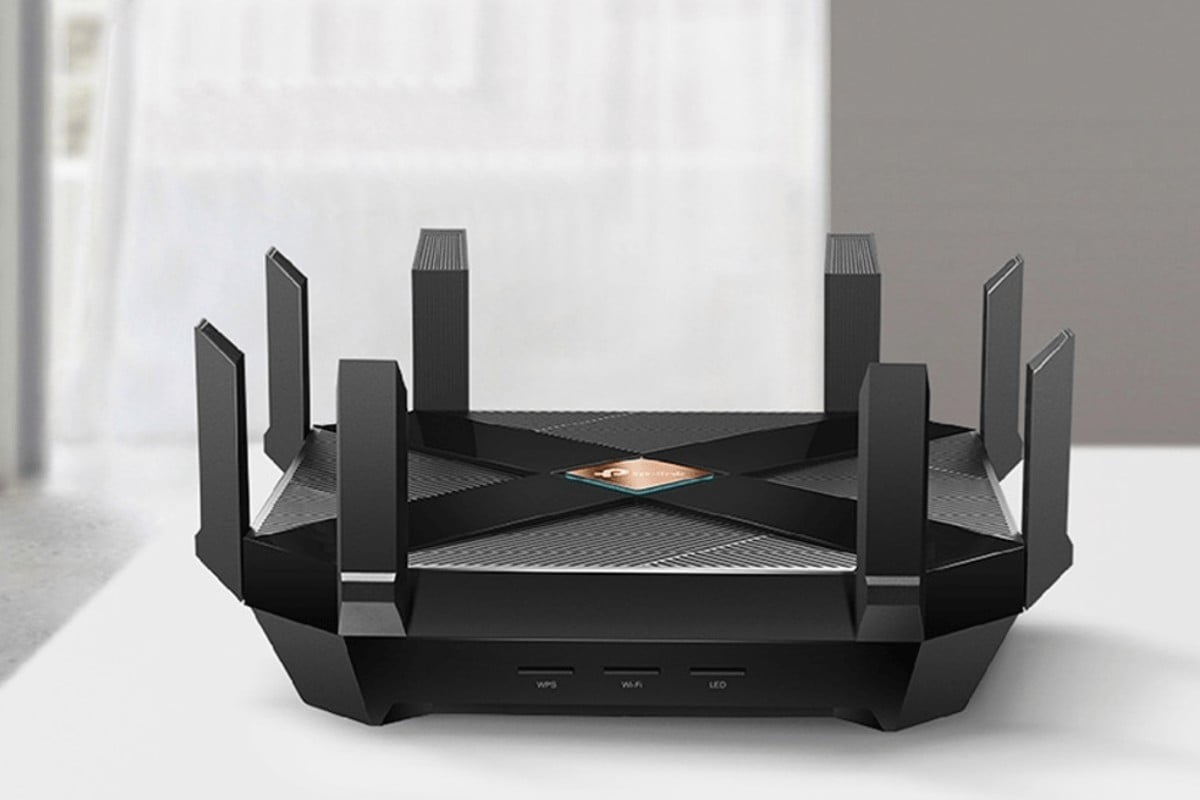
In its simplest term, a router communicates between the internet and the internet-connected devices at your home. By internet-connected devices, we mean the devices like personal computers, tablets, smartphones, smart TV, printers and more. With the router, these devices form a network, and the router will direct incoming and outgoing internet traffic on that network. The information travelling on your network could range from an email to a live feed from a camera installed at your home, taking up varying amounts of bandwidth.
Besides the router, there is a modem. Without a modem, your home network has no access to the internet. Modem’s purpose is to bring the internet from your internet service provider into your home. It connects to your router, delivering internet connectivity to your home network.
There are primarily two different types of routers – wireless and wired. In wired routers, it connects directly to the devices using wired connections. In wireless connections, the router connects to the modem by a cable. The router then communicates with your home network via its built-in antennas without the use of wires.
Is your Wi-Fi router designed just to provide you with the internet? Below are a few things you can do with a Wi-Fi router. While most of these features are possible on most models, a few features may be limited to specific Wi-Fi router models. Check your model’s specifications to ensure.
File sharing
File sharing is a common use of a Wi-Fi router. Transferring heavier files, primarily via methods like Bluetooth, can be challenging and consumes time. Since the devices are all part of your home network, you can quickly share files between multiple devices simultaneously. On Windows 11, to share a file or folder via a network, all you have to do is right-click the file you need to share and click on ‘Give access to > Specific people’. You may also share files with other computers by giving share with > Homegroup (Read or Read/Write).
On the home network, go to the Control Panel > Network and sharing centre. In the left panel, choose ‘Change advanced sharing settings and then ‘Turn on file and printer sharing' to enable the feature.
Parental controls
Most Wi-Fi routers offer ‘Parental controls’ as a basic feature. Parental controls enable restrictions on accessing particular websites. To block websites, you need to open a browser and log in to your router using IP address 192.168.1.1 and enter the login credentials (default username is mostly admin, and the password is ‘password’ unless you change it manually). Check your Wi-Fi router to see the login credentials. Once logged in, click Advanced > Security > Block sites to block the websites.
Setting up Guest networks
You do not need to give your Wi-Fi password to every guest who walks in, even if requested. Instead, set up a guest network with or without a password. This way, you can avoid vulnerabilities of your devices connected to that network. Similar to setting parental controls, you can log in to your router, from where you can enable guest Wi-Fi access.
Schedule access
Besides setting guest networks, you may also impose scheduled restrictions for access. To do the same, you can configure the router to schedule for particular devices and set an access control policy for your router.
Personal cloud space
Wi-Fi routers with a USB port allow connecting an external hard disk to it. Once connected, you may share your files from any device on your home network to the hard disk connected to the router.
Printing files
Many printers are capable of connecting to networks through wired or wireless connections. The printer must have a Wi-Fi adapter or wired network port for establishing a connection. Once connected, you may send the files for print.















